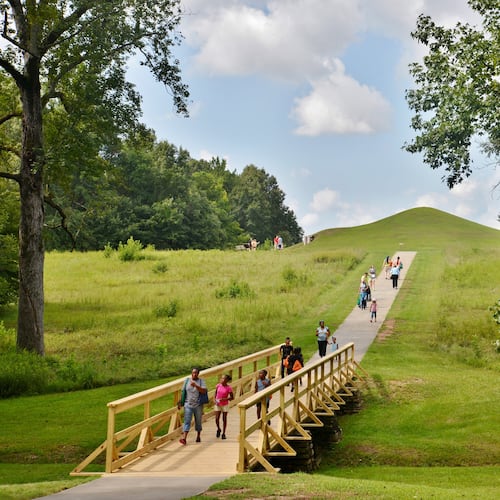The bicycle is gaining popularity in metro Atlanta as a mode of transportation but, while conditions are improving, most streets in Georgia barely accommodate bicyclists, and too many motorists still view us as impediments.
A few weeks ago, a bill was introduced in the Georgia Senate that would have severely limited bicyclists’ ability to ride side-by-side in Georgia. Led by Georgia Bikes, cycling advocates throughout the state, including the Atlanta Bicycle Coalition, sprang into action to educate legislators on why cyclists place so much value on riding two abreast. Parents with small children showed up at the committee hearing to defend their right to ride between kids and passing vehicles. Commuters spoke to the practicality of cycling. A bike shop owner asked the committee to consider how this bill would affect commerce: Biking is a robust business in Georgia.
We were pleasantly surprised to find that the bill’s sponsor, Sen. Butch Miller, is himself a cyclist who was willing to work closely with us to address these concerns. We came to a greater understanding of how drivers on North Georgia’s hilly mountain roads feel unsure of how safely to pass cyclists. Out of this bill that would have made cycling less safe, less accepted and less popular, we realized we share a common goal: to create safe streets for everyone. Ultimately, the bill was dropped, and the sponsor became a fan of a new approach sweeping the country: complete streets.
A Complete Streets (www.completestreets.org) policy ensures that transportation planners and engineers consistently design and operate the entire roadway with all users in mind — bicyclists, public transportation vehicles and riders and pedestrians. Several Georgia cities and counties — Dunwoody, Clarkston, Decatur and Roswell — already have these wise measures in place. The city of Atlanta is drafting one, and a DeKalb coalition is working toward adoption.
Many Georgians would prefer to hop on a bike to sitting in a car, but they live in neighborhoods marooned by highways where they don’t even feel safe driving, much less walking or biking. Our laws should make it possible for those who want to ride to do so safely. As regions in Georgia consider ways to invest in much-needed mass transit, we need streets that provide biking and walking connections from neighborhoods to activity centers.
Consider Buford Highway, a vast sea of concrete and asphalt, with a mother stranded in the middle, holding her child’s hand. What would it look like with refuge islands for pedestrians, high-visibility crossing signals, sidewalks instead of footpaths, separated bike lanes and rapid bus service to enhance the mobility and lives of those who live, work and shop in the area?
Buford Highway is one of the roadway projects on metro Atlanta’s list that goes to voters in the transportation referendum July 31 to set aside a penny of our sales tax for mobility investments. Most discussions of the referendum have focused narrowly on cars versus transit, yet almost half the projects on the Atlanta region’s list would include crosswalks, refuge islands or sidewalks. About 15 percent of the projects include bike lanes. It’s a start.
Another big opportunity to create more livable cities is the pot of sales tax funds that locals will get to spend on projects of their own choosing. In Atlanta, where I live, there is an encouraging level of interest in investing in Complete Street projects such as safe crossings and bicycle lanes. Now we just need all our cities and counties to find ways to incorporate bike improvements into projects like repaving, for the benefit of all.
Considering the low price tags of bicycle projects and the lasting value they return to the community, I can’t think of a better way to invest my penny.
Rebecca Serna is executive director of the Atlanta Bicycle Coalition.
About the Author
Keep Reading
The Latest
Featured


